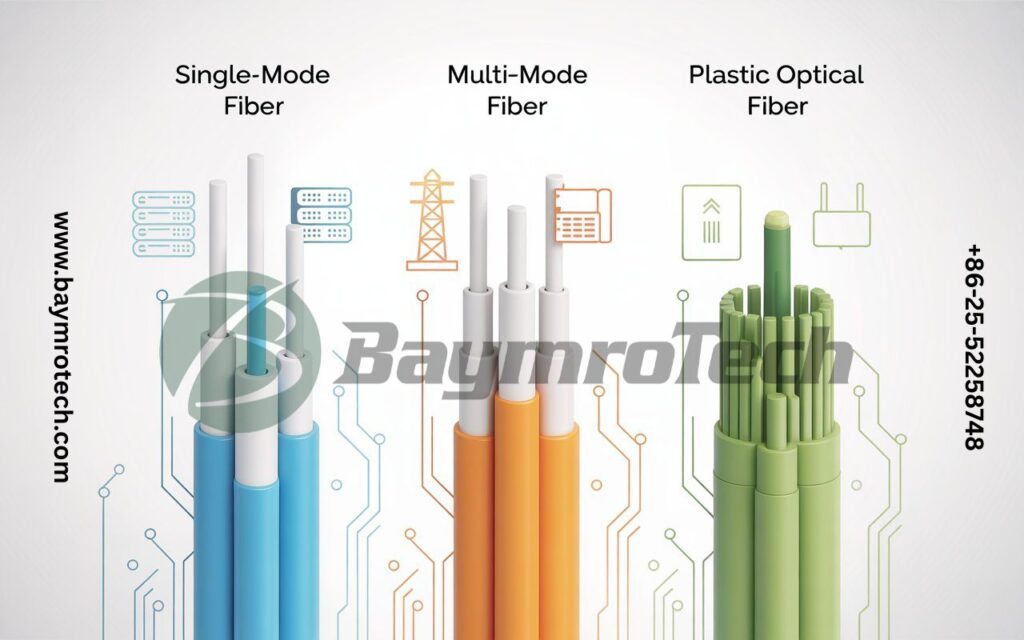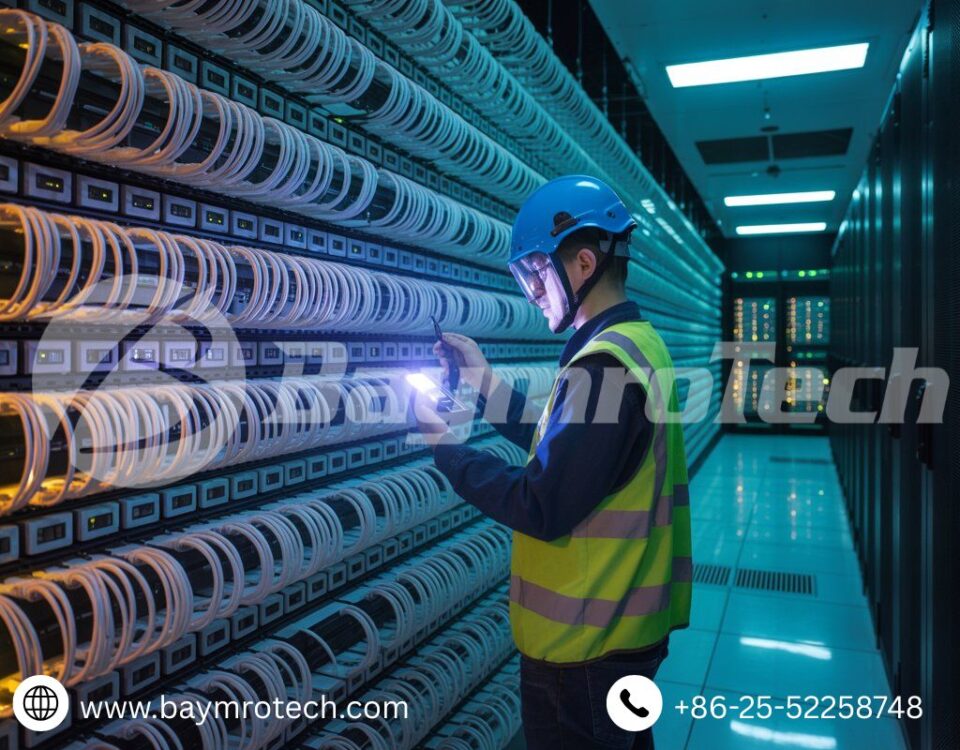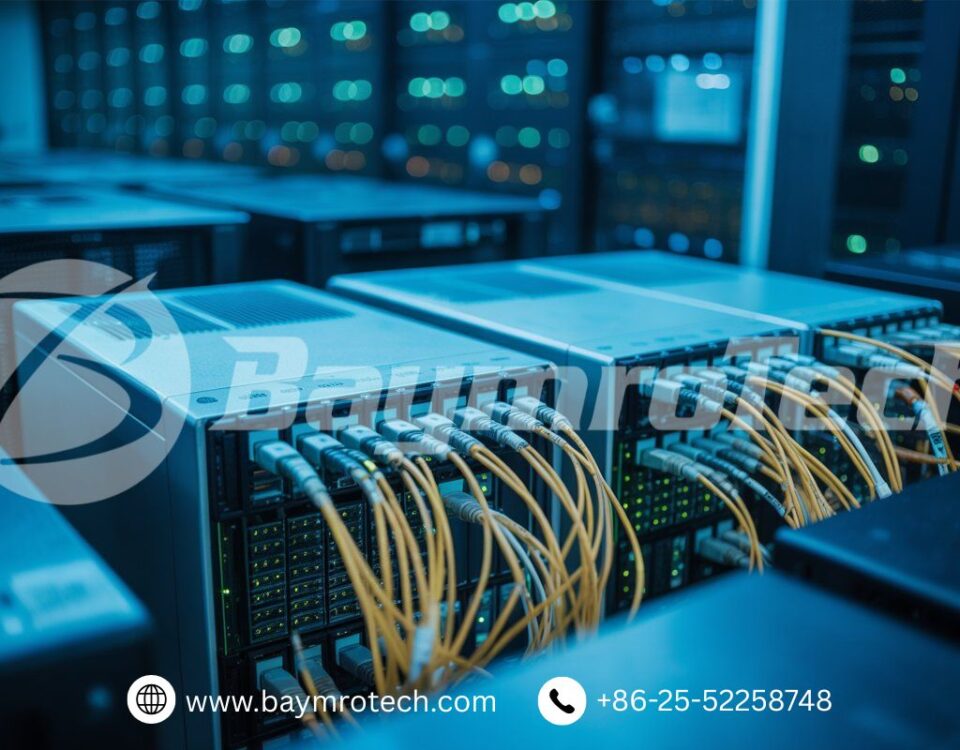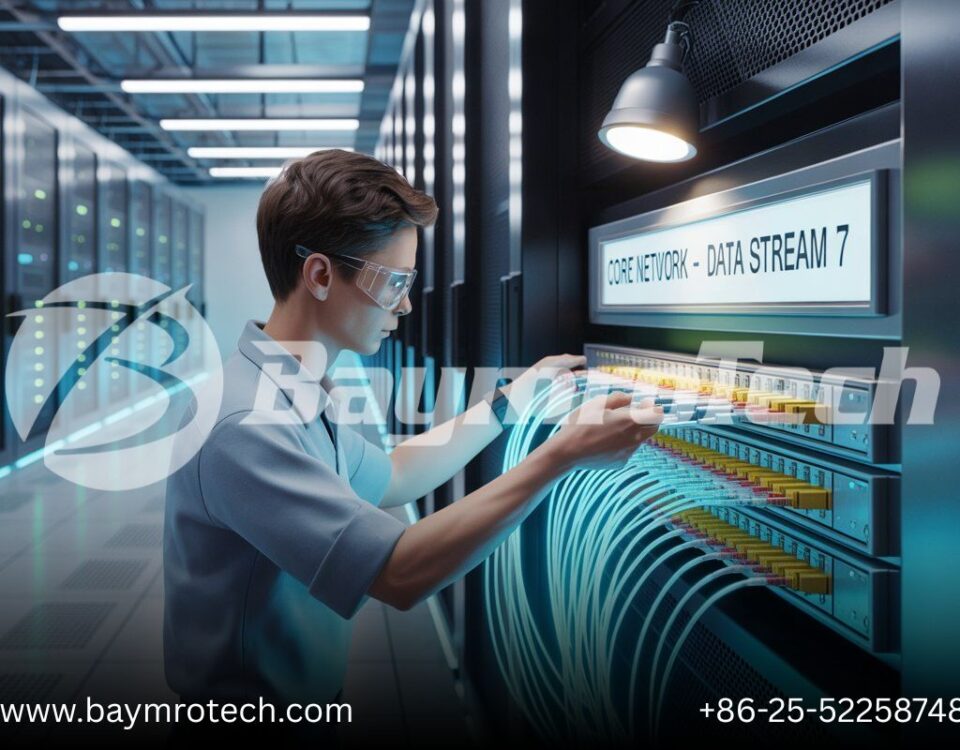Have you ever wondered how the world’s busiest stock exchanges, streaming services, and cloud platforms keep up with the relentless demand for speed? The answer, more often than not, lies in fiber optic cables. If you’re planning a network upgrade or building a new system, you might feel overwhelmed by the technical jargon and endless choices. The stakes are high—choose the wrong cable, and you could be facing slow speeds, unreliable connections, or expensive do-overs. This guide is here to clear the fog, so you can make smart decisions and set your network up for success.
What Exactly Are Fiber Optic Cables?
At their core, fiber optic cables are bundles of hair-thin glass or plastic fibers that carry light signals instead of electrical ones. This simple switch from copper to glass has revolutionized how we share information. Instead of electrons traveling down a wire, pulses of light bounce along the cable, carrying everything from emails to high-definition videos at incredible speeds. That’s why these cables are the backbone of modern communication, powering everything from local office networks to the internet itself.
Types of Fiber Optic Cables: What’s the Difference?
If you’ve started shopping around, you’ve probably noticed there’s more than one kind of fiber optic cable. Here’s a quick rundown:
Single-Mode Fiber (SMF):
Think of this as the long-distance runner. Single-mode cables have a tiny core—about one-tenth the width of a human hair—and are designed to send light straight down the line. They’re perfect for connecting buildings across a campus or linking cities together.
Multi-Mode Fiber (MMF):
Multi-mode cables have a bigger core, which lets light bounce around inside. They’re great for shorter distances, like wiring up a data center or connecting rooms in an office. They’re also a bit easier on the budget, which is always a plus.
Plastic Optical Fiber (POF):
Not as common in big business settings, but handy for short runs at home or in cars. They’re flexible and easy to install, but don’t expect them to handle long distances or heavy data loads.


If you want to dive deeper into the science behind these cables, FS.com has a great explainer.
What Should You Consider Before Buying?
Distance and Speed Needs
Start by asking yourself: how far does my data need to travel, and how fast? If you’re wiring a sprawling office park, single-mode is probably your best bet. For shorter runs—say, within a single building—multi-mode will usually do the trick.
Where Will the Cable Go?
Location matters. Outdoor cables need to stand up to rain, sunlight, and maybe even curious rodents. Look for armored or weatherproof options if your cables are going outside. Indoors, safety is key. In places like air ducts, cables with low-smoke, zero-halogen (LSZH) jackets help minimize toxic fumes if there’s ever a fire.
Cable Construction
You’ll see terms like “simplex” (one fiber), “duplex” (two fibers for sending and receiving), and “armored” (extra-tough for rough environments). Pick what fits your space and your needs.
Connector Types
Not all connectors are created equal. The most common types—LC, SC, ST, and MPO/MTP—each have their quirks. Double-check that your cables and equipment are a match.
Certifications and Standards
Don’t overlook this! Make sure your cables meet recognized industry standards. It’s your best insurance against performance headaches down the road.
For more tips on making the right choice, TechTarget offers a helpful guide.
The Pros and Cons
Why Fiber Optic Cables Shine:
They’re blazing fast—think gigabits per second, not megabits.
You can run them for miles with barely any signal loss.
They’re immune to electrical interference, which means fewer dropped connections.
Tapping into a fiber line isn’t easy, so your data stays safer.
Where They Fall Short:
The upfront cost is higher than copper, though prices are coming down.
The glass fibers are fragile, so installation takes a gentle touch.
You’ll need someone who knows what they’re doing to set them up.
For a balanced look at the upsides and downsides, check out this FS.com article.
Mistakes People Make (and How to Dodge Them)
Skipping the homework on distance and speed can leave you with cables that bottleneck your network—or blow your budget.
Using indoor cables outside is a recipe for disaster. Weather and critters will win every time.
Mixing up connectors is an easy way to create headaches during installation.
Cutting corners on standards and certifications might save a few bucks now, but it can cost you dearly later.
Choosing a Supplier You Can Trust
Not all suppliers are equal. Look for a fiber optic cables manufacturer with a solid reputation, a wide product range, and industry certifications. The right partner will also offer technical support and help you customize solutions for your project.
If you’re not sure where to start, HubSpot’s guide on building credibility through authoritative links is worth a read.
Wrapping Up
Choosing the right fiber optic cable isn’t just about ticking boxes on a spec sheet. It’s about understanding your needs, your environment, and your future plans. Take the time to weigh your options, ask questions, and work with a supplier who stands behind their products. If you’d like to explore your options or get advice tailored to your project, check out our Fiber Optic Cables page or get in touch with our team.




